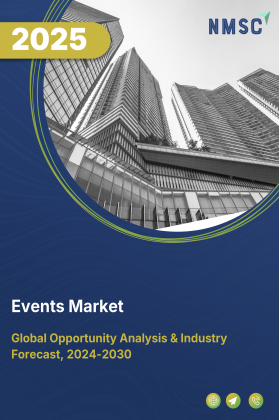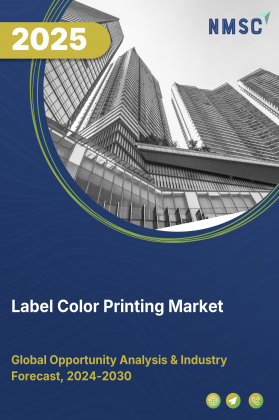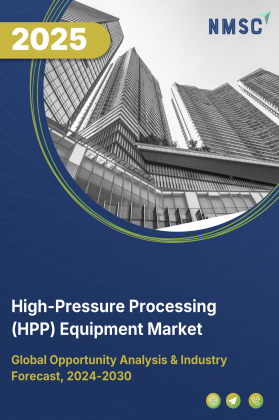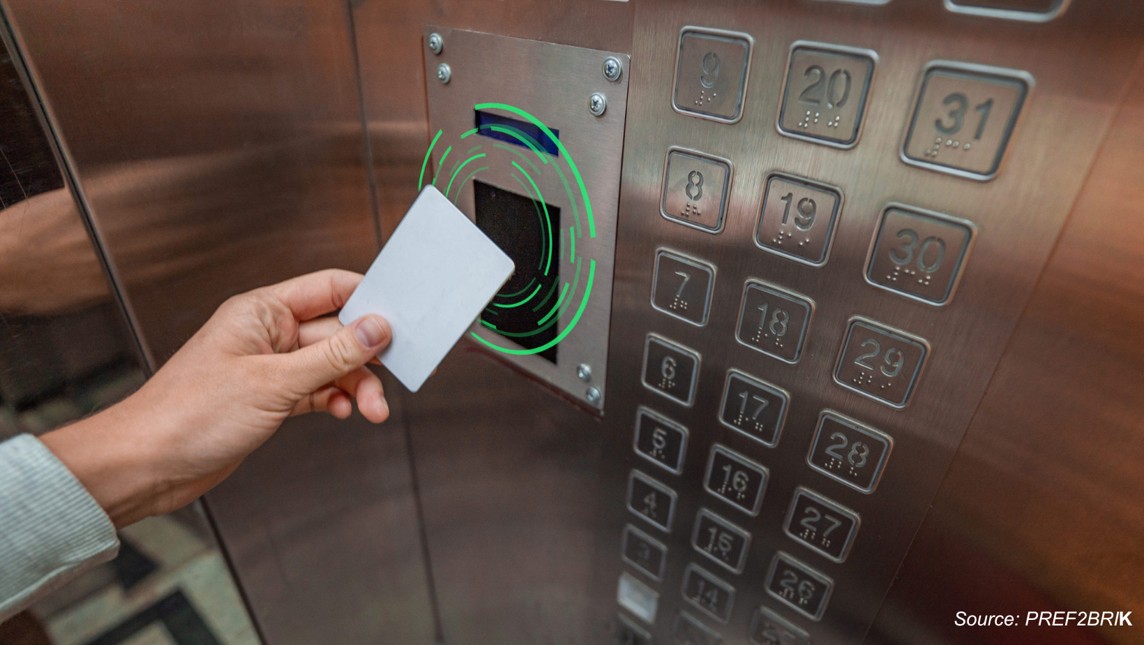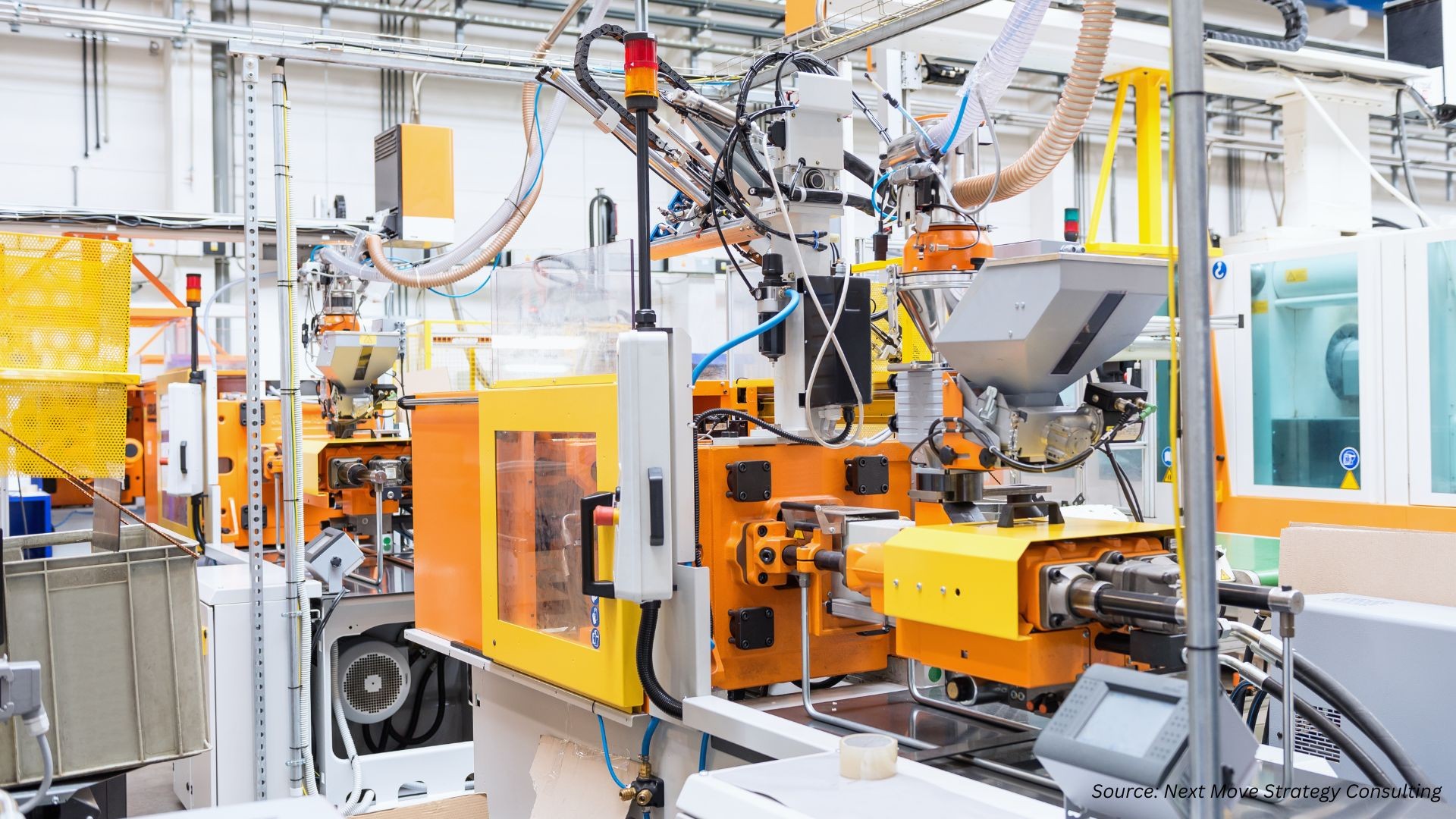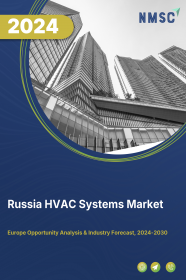
Russia HVAC Systems Market by Equipment (Room‐Level Air Conditioners, and Others), by System Type (Centralized Systems, and Others), by Implementation Type (New Construction Buildings, and Retrofit Buildings), by Technology (Inverter Technology, and Others), by Energy Efficiency (1 Star, and Others), by Capacity (Up to 1.5 Ton, and Others), by Installation/Mounting (Wall-mounted, and Others), by End User (Commercial, and Others) - Opportunity Analysis and Industry Forecast, 2024– 2030.
Industry: Construction & Manufacturing | Publish Date: 15-Oct-2025 | No of Pages: 283 | No. of Tables: 163 | No. of Figures: 108 | Format: PDF | Report Code : CM1941
Market Definition
The Russia HVAC System Market size was valued at USD 3.99 billion in 2023, and is predicted to reach USD 5.12 billion by 2030, at a CAGR of 3.0% from 2024 to 2030.
HVAC (Heating, Ventilation, and Air Conditioning) refers to the technology and systems used in buildings to regulate indoor environmental conditions such as temperature, humidity, and air quality to ensure comfort and safety for occupants. Heating systems provide warmth during colder months, ventilation systems circulate and replenish indoor air, and air conditioning systems cool and dehumidify indoor air during warmer months.
HVAC systems offer several advantages, including improved occupant comfort and health, increased energy efficiency leading to cost savings, better indoor air quality through filtration and ventilation, precise temperature control for enhanced productivity in commercial settings, and protection of building infrastructure from extreme weather conditions. Additionally, these systems can be designed to meet specific requirements, contributing to sustainability goals by reducing carbon emissions and promoting eco-friendly practices in building operations.
Accelerated Government Decarbonization Policies Driving Heat Pump Deployment and Energy-efficient Retrofits
Russia’s HVAC market is benefitting from fast-tracked decarbonization policies aimed at cutting building-sector emissions and enhancing energy security. The national “Low-Carbon Housing Transition” initiative, along with expanded subsidies under the Federal Energy Efficiency Modernization Program, offers grants and low-interest financing for residential and commercial retrofits. These programs prioritize high-efficiency air- and ground-source heat pumps, with cost-sharing models covering up to 50–70% of installation expenses in qualifying regions. By directly reducing capital barriers, these incentives are rapidly expanding adoption rates—particularly in urban districts undergoing large-scale housing upgrades—fueling parallel growth in the installation, maintenance, and smart control integration segments.
Growing Climate Volatility and Urban Energy Demand Driving Adoption of Smart, Grid-responsive HVAC Solutions
An increase in extreme weather events—ranging from record-breaking summer heat to unusually prolonged cold snaps—is intensifying demand for HVAC systems that deliver year-round reliability. Urban centers, where cooling demand and grid strain peak simultaneously, are turning to inverter-based systems, AI-enabled load balancing, and integration with building energy management systems (BEMS). The expansion of Russia’s distributed solar and battery storage capacity is further encouraging uptake of HVAC units capable of operating in hybrid or off-grid modes. These smart, grid-responsive solutions not only stabilize indoor comfort but also reduce peak-load pressure on municipal power infrastructure, aligning with city-level climate resilience strategies.
Escalating Import Dependence and Supply Chain Disruptions Driving Up HVAC System Costs and Lead Times
While local manufacturing capacity is expanding, Russia’s HVAC market still relies heavily on imported components such as compressors, electronic controls, and advanced refrigerants. Global logistics bottlenecks, currency fluctuations, and supplier concentration in select Asian and European countries have pushed up procurement costs and extended delivery schedules. The resulting price inflation and uncertainty are particularly challenging for smaller contractors and residential customers, slowing retrofit uptake and delaying large-scale project completions. This structural dependency on external supply networks continues to pose a near-term risk to affordability and market growth momentum.
Rising Demand for Health-focused, Climate-resilient HVAC Systems Integrated with Advanced Air Purification
Post-pandemic awareness of indoor air quality, combined with climate adaptation needs, is creating strong demand for HVAC systems that combine environmental resilience with health benefits. High-efficiency particulate air (HEPA) filtration, UV-C disinfection modules, and humidity control features are becoming standard in premium residential, healthcare, and educational projects. The addition of solar-powered operation and battery backup ensures uninterrupted performance during power outages caused by extreme weather. This dual emphasis on wellness and resilience is unlocking opportunities for manufacturers and service providers offering integrated, turnkey climate-control solutions that meet both regulatory standards and consumer health expectations.
Competitive Landscape
The market players operating in the Russia are Mitsubishi Electric, Nidec Global Appliance, LG Electronics , Midea Group, Mayekawa, Panasonic, Ballu, Shuft, Tion, Zilon, Hisense, Neoclima, Era Group, Vybos, SovPlym, Ballu, and others.
Russia HVAC System Market Key Segments
By Equipment
-
Room‐Level Air Conditioners
-
Window
-
Portable
-
Cassette (ceiling-mounted)
-
Floor-standing console
-
-
Split Air Conditioners
-
Single-split (1 indoor + 1 outdoor)
-
Multi-split (≥2 indoors + 1 outdoor)
-
VRF/VRV
-
-
Packaged & Central AC Units
-
Rooftop packaged units
-
Self-contained packaged units
-
Central chiller and AHU systems
-
-
Chillers
-
Air-cooled
-
Water-cooled
-
Absorption
-
-
Heating Equipment
-
Heat Pumps
-
Furnaces
-
Boilers
-
Unit Heaters
-
-
Ventilation Equipment
-
Air Handling Units (AHUs)
-
Fans & Blowers
-
Air Filtration Systems
-
Air Purification Systems
-
-
Humidity Control
-
Humidifiers
-
Dehumidifiers
-
-
Cooling Towers
-
Controls & Thermostats
By System Type
-
Centralized Systems
-
Decentralized Systems
-
Hybrid Systems
By Implementation Type
-
New Construction Buildings
-
Retrofit Buildings
By Technology
-
Inverter Technology
-
Non-Inverter Technology
-
Smart/IoT-enabled
-
Conventional
By Energy Efficiency
-
1 Star
-
2 Star
-
3 Star
-
4 Star
-
5 Star
By Capacity
-
Up to 1.5 Ton
-
1.5-3 Ton
-
3-5 Ton
-
Above 5 Ton
By Installation/Mounting
-
Wall-mounted
-
Ceiling-mounted
-
Floor-standing
-
Ducted
-
Window-mounted
-
Portable
By End User
-
Commercial
-
Offices
-
Hospitality (Hotels, Restaurants)
-
Healthcare
-
Education
-
Retail
-
Airports
-
-
Residential
-
Industrial
Key Players
-
Mitsubishi Electric
-
Nidec Global Appliance
-
LG Electronics
-
Midea Group
-
Mayekawa
-
Panasonic
-
Ballu
-
Shuft
-
Tion
-
Zilon
-
Hisense
-
Neoclima
-
Era Group
-
Vybos
-
SovPlym
-
Ballu
Report Scope and Segmentation
|
Parameters |
Details |
|
Market Size in 2023 |
USD 3.99 Billion |
|
Revenue Forecast in 2030 |
USD 5.12 Billion |
|
Growth Rate |
CAGR of 3.0% from 2024 to 2030 |
|
Analysis Period |
2023–2030 |
|
Base Year Considered |
2023 |
|
Forecast Period |
2024–2030 |
|
Market Size Estimation |
Billion (USD) |
|
Growth Factors |
|
|
Companies Profiled |
15 |
|
Market Share |
Available for 10 companies |
|
Customization Scope |
Free customization (equivalent up to 80 working hours of analysts) after purchase. Addition or alteration to country, regional, and segment scope. |
|
Pricing and Purchase Options |
Avail customized purchase options to meet your exact research needs. |

















 Speak to Our Analyst
Speak to Our Analyst



